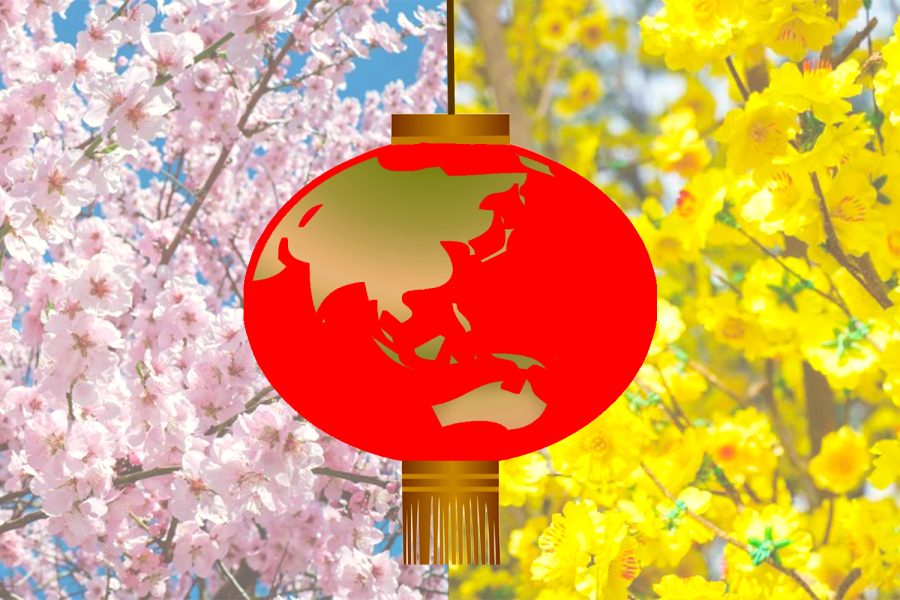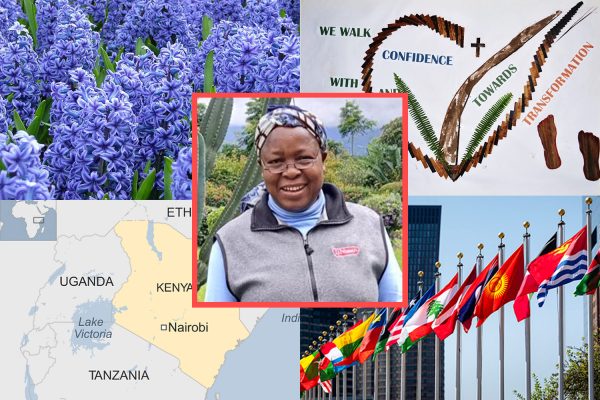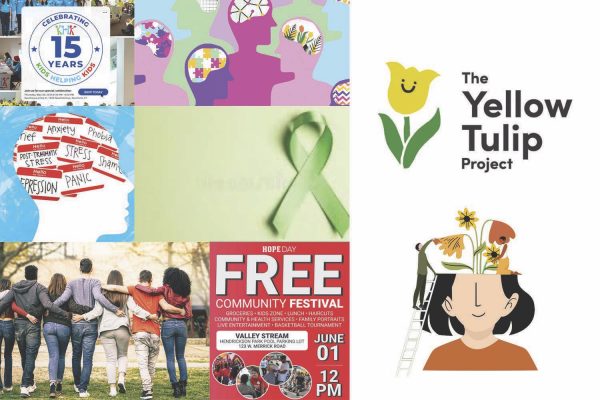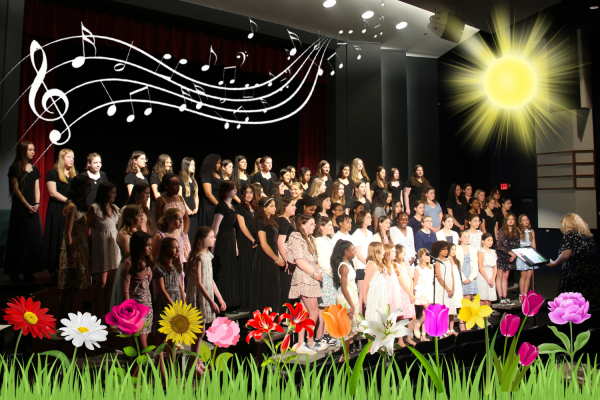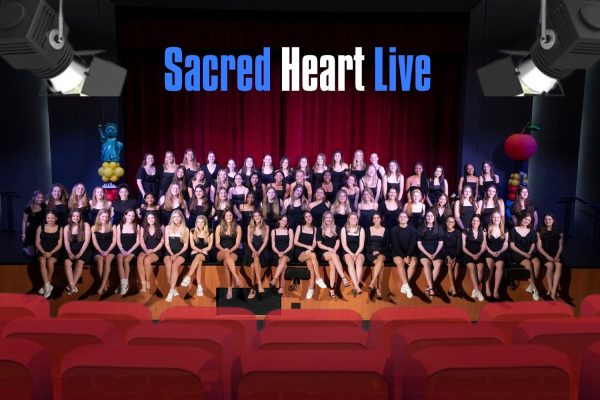Lunar New Year festivities strengthen cultural and family values
Sacred Heart students celebrate the Lunar New Year with East Asian foods and festivities.
Red and gold decorations adorn the door to the Chinese classroom as Sacred Heart Greenwich welcomes the Lunar New Year January 22. East Asian nations including China, Korea, and Vietnam maintain distinct Lunar New Year customs and dishes, using the holiday as a time to strengthen cultural and family bonds. Mrs. Xian Zheng (Chen Laoshi), Upper School Chinese Teacher, and freshman Arianna Chin spoke about their own traditions.
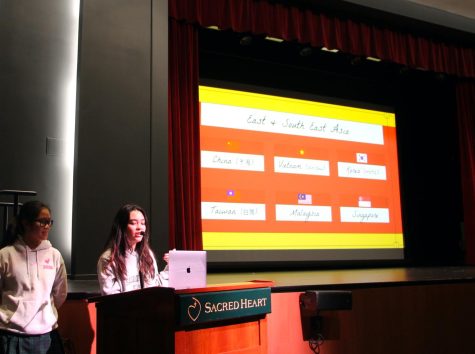
Celebrations at Sacred Heart began January 23 with a presentation from freshman Sherika Jiang and senior Katrina Cheng-Slater about their unique Lunar New Year experiences. Throughout the week, students in Chinese classes will learn to make dumplings and receive red envelopes, which symbolize good luck. The Lina Liu cultural arts group will arrive on King Street January 30 to perform their “Legendary China” show, displaying Sichuan Opera face changing, acrobatics, and the traditional Lion Dance. Chen Laoshi spoke about the personal importance of these Lunar New Year festivities.
“To me, the Lunar New Year is the most important time of the year to gather with family members and celebrate the beginning of Spring,” Chen Laoshi said. “It reminds me of my heritage and childhood memories.”
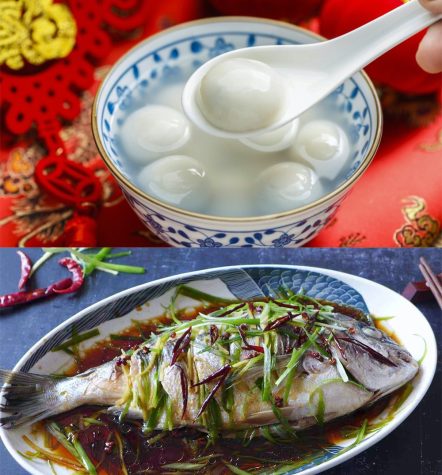
In Chinese tradition, celebrations last 15 days, from the new moon to the lunar year’s first full moon, concluding with the Lantern Festival. For 2023, those dates are January 22 through February 5 on the Gregorian calendar. During this time, families clean their homes to cleanse bad luck from the previous year, eat sweet rice balls called 汤圆 (tangyuan), and cook fish as a symbol of abundance in the year ahead, according to usatoday.com. Chen Laoshi recalled her family’s annual Lunar New Year dinner.
“The most meaningful tradition to me has to be the reunion dinner,” Chen Laoshi said. “Every year, the entire family gathers together to prepare the big feast, bringing their signature dish, making dumplings together, and simply having a great time chatting and sharing laughter.”
While Sacred Heart festivities chiefly reflect Chinese tradition, other East Asian countries, including South Korea and Vietnam, maintain unique Lunar New Year customs. Koreans call the holiday 설날 (Seollal) and celebrate for three days with a focus on reaffirming family connections at the start of the new year.
Arianna spoke about her family’s Korean traditions. Each year, her family gathers at her grandparents’ house to enjoy 전 (jeon) meat or vegetable patties, 만두 (mandu) dumplings, and 떡국 (tteokguk) rice cake soup. Arianna’s mother spends days making this traditional soup from scratch, boiling down bone broth, and preparing toppings such as sliced beef, chopped scallions, egg garnish, and roasted seaweed. Arianna explained that eating the tteokguk signifies turning one year older. She reflected on the Lunar New Year as a time to celebrate her relationships and culture.
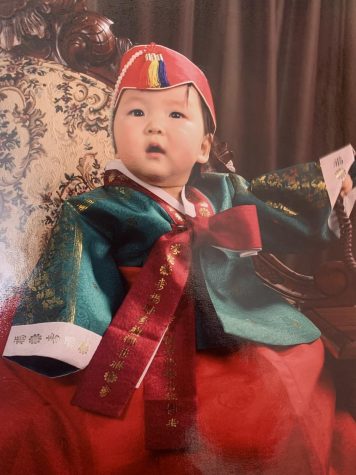
“Lunar New Year is a very significant time for me,” Arianna said. “I get to reunite with my family that I only see a few times every year and spend some quality time with them. I am able to fully immerse in my Korean heritage and enjoy the traditions that we have that make us different from other cultures.”
Once they have eaten, Arianna and her sister perform the Korean custom of 세배 (sebae), bowing to their grandparents and parents, who in return give them well wishes and an allowance. Typically, Koreans wear traditional clothing called 한복 (hanbok) during sebae. Arianna conveyed the meaning of this practice.
“For me, I believe that our family tradition of bowing to our elders is one of the most meaningful of all the traditions,” Arianna said. “Bowing shows a sign of respect, and it speaks of a message that we love and honor our parents and grandparents.”
China and Korea welcome 2023 as the Year of the Rabbit. Chen Laoshi shared that the rabbit is her mother’s 本命年 (Ben Ming Nian), or Chinese Zodiac birth year, so she plans to gift her mother a small good luck charm. She described the Rabbit as a symbol of creativity, compassion, and intuition.
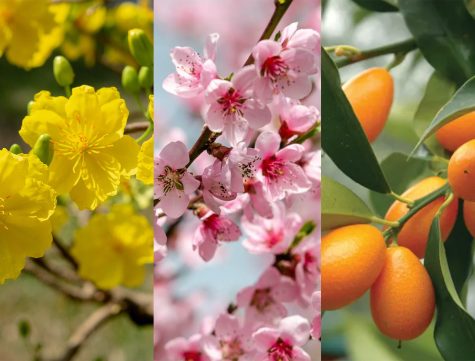
Vietnam and Central Nepal follow a different zodiac, which recognizes 2023 as the Year of the Cat, according to asia.si.edu. Vietnamese tradition celebrates Lunar New Year as Tết Nguyên Đán (Tết), and festivities typically last one week.
To celebrate Tết, families decorate their homes with pink peach blossom trees and yellow apricot flowers to symbolize strength or kumquat trees to represent prosperity in the new year. Vietnamese people bake bánh chưng cake and buy new clothing. Adults give children bao lì xì, red envelopes containing money, according to vietnam.travel.
Lunar New Year festivities at Sacred Heart may also serve to reaffirm community values in the spirit of the 2022-2023 school year’s theme of Better Together. Arianna asserted the value of fostering a collective awareness of global cultures.
“I feel that it is important to share my culture with others not just at Sacred Heart, but around the world, too,” Arianna said. “There is no one culture or tradition throughout the world, and by spreading the awareness that there are other cultures who have different traditions and values, I believe that it opens one’s eyes to see the world through a different perspective.”
Happy Lunar New Year!
新年快乐 Xīn nián kuài lè!
새해 복 많이 받으세요 Saehae bok mani badeuseyo!
Chúc mừng năm mới!
Featured Image by Avery Kim ’24

Avery is honored to serve as one of the Editors-in-Chief of the King Street Chronicle. After two years on the newspaper’s staff, she has learned countless...

